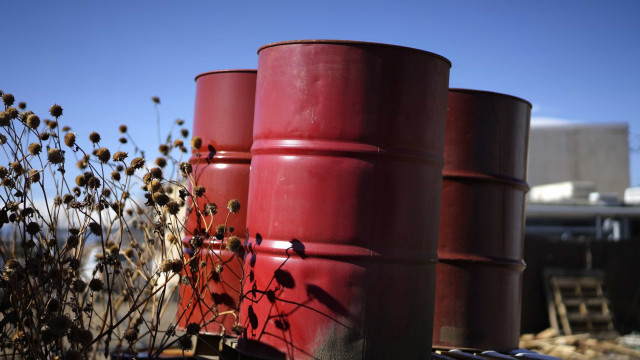Oil prices have been rising due to developments in the Middle East. Who is the world’s leading exporter of oil? What will happen to prices? Let’s break it down.
First, it’s important to clarify that the world’s leading exporter of oil is Saudi Arabia, but Iran also plays a significant role in this matter, as its reserves and production capacity are crucial for the global energy market.
Although not the world’s largest oil exporter, the USA also stands out as the primary producer of this commodity.
In 2023, the main exporters of crude oil were Saudi Arabia ($181 billion), the USA ($125 billion), and Russia ($122 billion), according to the Observatory of Economic Complexity.
The largest importers were China ($319 billion), the USA ($170 billion), and India ($140 billion).
The Outlook for Prices
Oil prices are expected to remain high in the coming weeks, ranging between $80 and $100 per barrel, potentially soaring if the Middle East conflict escalates, analysts anticipate.

The possibility of a blockade of the Strait of Hormuz, through which about 20% of the world’s oil passes, is seen as the main short-term geopolitical risk. Paulo Monteiro Rosa, a senior economist at Banco Carregosa, highlights the market’s restrained behavior following the attacks on nuclear facilities in Iran.
“Despite the entry of the USA into the conflict, Brent [traded in London and serving as a reference for national imports], stabilized at $78,” showing that investors “continue to bet on a temporary conflict and a short-term resolution, which could even involve a regime change in Iran,” he stated.
However, he warns that a formal blockade of Hormuz would have “significant and disruptive consequences for the balance of the global energy market.”
Gregor Hirt, chief investment officer of Allianz Global Investors, observes that the evolution over the next few weeks will also depend on the ability of the major producers to stabilize supply flows.
“The major producers, especially Saudi Arabia, can offset supply disruptions, but most of their exports also pass through the Strait of Hormuz. A coordinated release of strategic reserves—which in the European Union covers about 90 days of imports—can help mitigate immediate effects,” he noted.
The USA has reserves for about 20 days, even though it is nearly self-sufficient, and it is estimated that China has 30 days.
It is noteworthy that the price of Brent crude oil for August delivery fell more than 5% today in the London futures market after Israel accepted the ceasefire with Iran proposed by U.S. President Donald Trump.
Around 06:35, the price of Brent North Sea crude oil fell 5.02% to $67.89, and the price of U.S. WTI crude oil fell 5.21% to $64.94.
U.S. President Donald Trump announced on Monday night in Washington that Israel and Iran agreed to a ceasefire starting today at 05:00 (07:00 in Israel and 7:30 in Iran).




